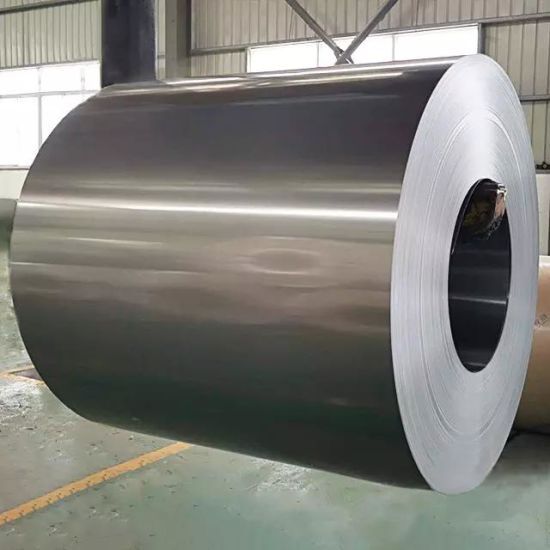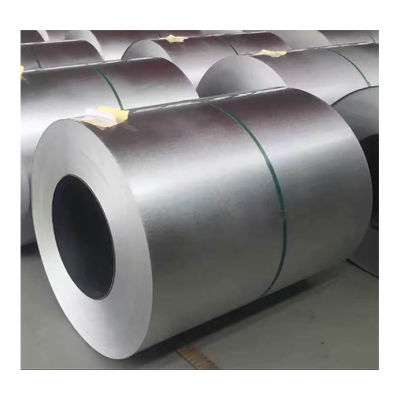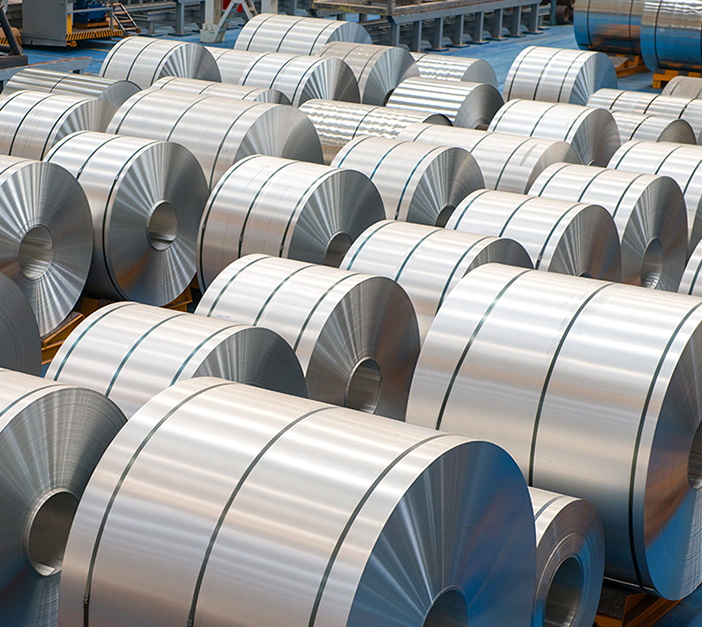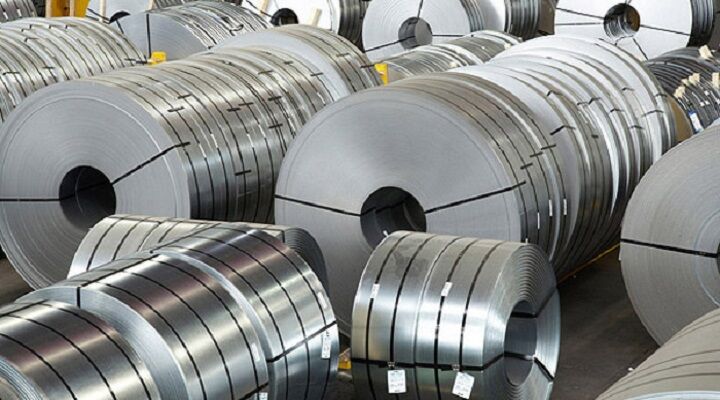
Tel:+86 186 1561 8035
E-mail:cherry@sdpuxinsteels.com
What’app:+86 186 1561 8035
Skype:+86 186 1561 8035
Add:Huitong Logistics Park,Liaocheng Development Zone, Shandong Province, China
Product Details
Properties of electrical steel
The addition of silicon in iron greatly improves the physical properties of electrical steels. Electrical steels have the following desirable properties for supporting the generation, distribution and consumption of electricity:
- High permeability - increased capacity to support magnetic fields
- Low magnetostriction - low tendency to expand or contract in magnetic fields
- High electrical resistivity - lessens the core loss by reducing the eddy current component
Decreased hysteresis loss - low hysteresis loss means less wasted energy in the form of heat from alternating magnetising force.
Electrical steel production
Electrical steels are typically cast continuously or melted in oxygen furnaces. They are then hot rolled as they pass through the annealing and descaling process line, where dirt and scale are removed from the surface. Afterwards, they go through cold reduction, where the thickness of the steel is reduced and corrected according to the end-user specifications. Subsequently, carbon content within the steel is reduced by a decarburising anneal, in which the steel roll is heated in a mixture of hydrogen, nitrogen, and water vapour. Other contaminants, like sulphur, are removed in this process, as well, resulting in a less brittle material. For grain-oriented type steel, the coil undergoes a high-temperature coil anneal (HTCA) at about 1100°C in order to achieve the required magnetic properties and grain growth.
Factroy Show
Message
Products Recommended
Please give us a message
Shandong Puxin Stainless Steel Co. Ltd
Contact person:Cherry
Tel: +86 18615618035
Email : cherry@sdpxmetal.com
Skype : +86 18615618035
Wechat&WhatsApp : +86 18615618035
Add: Building 1, Jinxiu Plaza, Zhongjian Jinxiu Plaza, Huaiyin District, Jinan City









